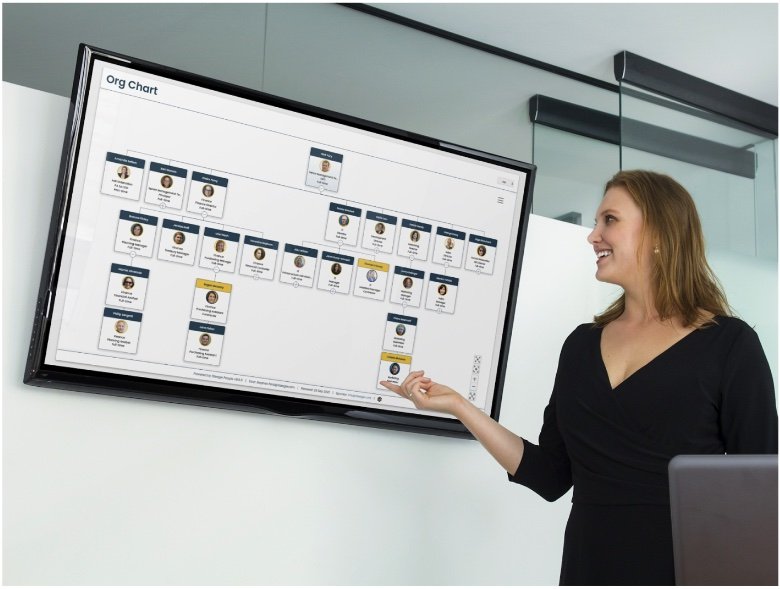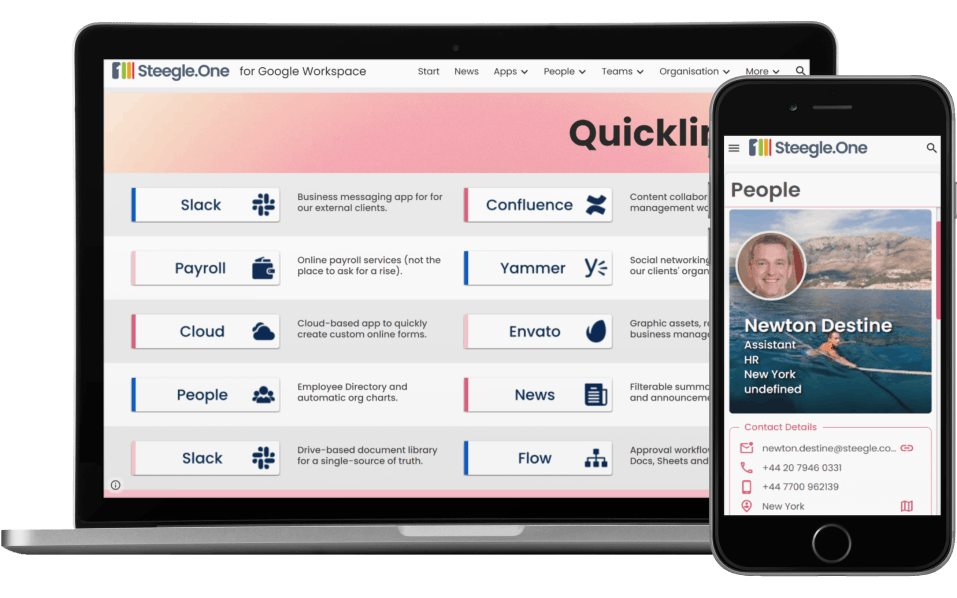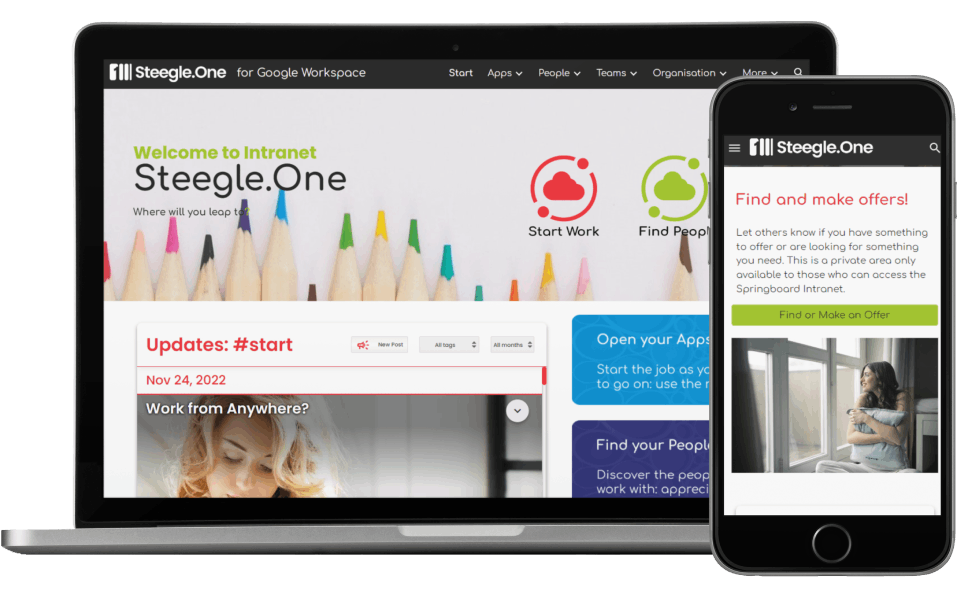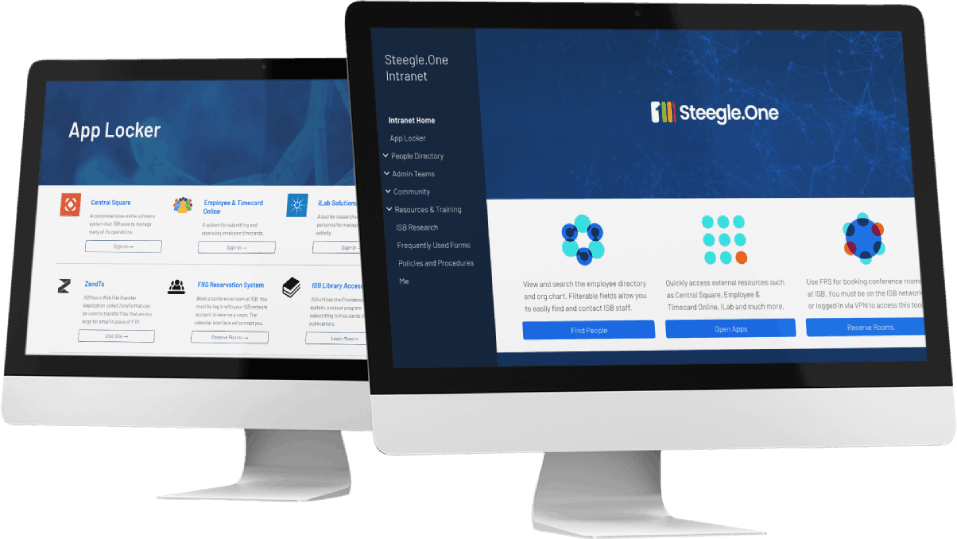Best Practices for Employee Engagement Online
Did you know that only 23% of employees globally are engaged at work? This statistic from Gallup in 2023 highlights a pressing issue in today's digital workplace. Employee engagement is crucial for productivity and overall business success. As remote work becomes the norm, understanding how to foster engagement online is more important than ever. The right strategies can help organizations cultivate a more engaged workforce.
| What You Need to Know |
|---|
| Employee engagement directly correlates with profitability. |
| Remote workers often feel exhausted due to virtual meetings. |
| Effective communication is vital in digital workplaces. |
| Recognition and rewards significantly boost motivation. |
Understanding Online Employee Engagement
Online employee engagement is the connection that employees feel towards their organization while working remotely. Companies with highly engaged workforces report 21% higher profitability according to Gallup’s 2023 data. However, as remote work models gain traction, employee exhaustion has become a concern, with 38% of remote workers feeling drained after daily virtual meetings. Understanding how digital environments impact engagement is essential for modern businesses.
The shift towards remote and hybrid work models dramatically affects how organizations engage their employees. Virtual interactions replace face-to-face meetings, making it crucial to adapt engagement strategies to ensure employees feel connected and valued. Companies need to leverage digital tools and platforms that facilitate seamless communication and collaboration, allowing employees to feel part of a cohesive team despite the physical distance.
Leveraging Digital Tools for Engagement
In today’s tech-driven world, digital tools play a significant role in enhancing employee engagement. Surprisingly, only 16% of companies utilize technology to monitor engagement, as noted by Gartner in 2022. Yet, effective internal communications can motivate up to 85% of employees to engage more actively in their work. Businesses must explore various digital platforms to streamline communication, facilitate collaboration, and create an engaging online environment.
To implement these tools effectively, organizations should prioritize training and development. Employees need to feel comfortable using new platforms to maximize their benefits. Regular feedback and adaptability will ensure that these digital solutions meet the evolving needs of the workforce. By enhancing information accessibility, businesses can create a more engaged and productive environment.
Building a Strong Online Company Culture
A robust company culture is vital for employee engagement, especially in remote work settings. Companies with a strong culture can achieve over four times higher revenue growth than those with poor cultures, according to Hays in 2022. Moreover, employees who feel connected to their organization's culture are 68% less likely to experience burnout. Leaders must cultivate a positive online culture that fosters connection and collaboration among team members.
Leadership plays a critical role in shaping and maintaining a company's culture. Clear communication of values and expectations can help employees feel more connected. Regular team-building activities, even in virtual formats, can strengthen relationships and create a sense of belonging. By prioritizing culture, organizations can enhance employee satisfaction and retention.
Effective Communication Strategies in Digital Workspaces
Effective communication is the backbone of online employee engagement. Gallup found that 58% of employees wish their workplaces conducted engagement surveys more frequently, indicating a desire for more consistent feedback. Moreover, 85% of employees are more likely to take initiative when they receive regular feedback. Clear, open communication channels can greatly enhance employee satisfaction and drive engagement.
To foster a culture of communication, companies should implement regular check-ins and feedback loops. Encouraging two-way communication allows employees to voice their opinions and feel heard. This practice not only strengthens relationships but also fosters a sense of belonging within the organization, ultimately leading to a more engaged workforce.
Recognition and Rewards in the Digital Workplace
Recognition and rewards are powerful motivators in any workplace, especially in digital environments. According to the Incentive Research Foundation in 2022, recognition is the top motivator for 37% of employees. Acknowledging employees' efforts not only boosts morale but also enhances their commitment to the organization. By implementing innovative recognition programs, companies can foster a motivated and engaged workforce.
Effective recognition can take many forms, from simple shout-outs in team meetings to more structured reward programs. Tailoring recognition to individual preferences can make it even more impactful. When employees feel valued for their contributions, their motivation and engagement levels rise significantly, leading to improved productivity.
Professional Development and Learning Opportunities
Offering professional development opportunities is crucial for enhancing employee engagement. A staggering 29% of employees are dissatisfied with their career advancement opportunities, according to SHRM in 2022. By providing online learning resources and development programs, organizations can significantly improve engagement levels. Employees who see a pathway for growth within their roles are more likely to stay committed to their organization.
Moreover, investing in skill development not only benefits employees but also enhances retention rates. Organizations should create a culture of continuous learning, encouraging employees to pursue new skills and knowledge. This approach fosters a sense of empowerment, making employees feel valued and supported in their career journeys.
Fostering Collaboration and Team Building Online
Collaboration is essential for engagement, especially in hybrid work environments. Quantum Workplace's 2021 report revealed that hybrid workers have the highest engagement rates at 81%. To promote collaboration, companies must create opportunities for team-building activities that strengthen relationships in virtual settings. These activities can range from casual coffee chats to structured team projects, cultivating a sense of unity among team members.
Encouraging virtual collaboration tools can also enhance productivity. When employees collaborate effectively, they feel more connected to their work and each other. This sense of teamwork fosters a positive atmosphere, ultimately leading to higher engagement levels across the organization.
Measuring and Analyzing Online Employee Engagement
Measuring employee engagement is vital for understanding its impact on productivity. Gallup's 2023 data indicates that engaged employees boost productivity by 14%. To effectively track engagement levels, organizations should establish key performance indicators (KPIs) and utilize various tools for data collection and analysis. Regular assessment allows companies to identify areas for improvement and implement targeted strategies.
Engagement surveys, feedback sessions, and performance reviews can provide valuable insights into employee satisfaction. By analyzing this data, organizations can make informed decisions on engagement strategies, ensuring they align with employee needs and preferences. Continuous measurement helps maintain a thriving workplace culture.
Addressing Burnout and Well-being in Remote Work
Burnout is a growing concern in remote work environments, with 69% of remote employees reporting feelings of burnout. Organizations must prioritize employee well-being by creating supportive work environments and promoting work-life balance. Regular check-ins and mental health resources can help identify signs of burnout early, allowing for timely intervention.
Encouraging breaks and flexible work schedules can also contribute to employee well-being. When employees feel supported in their mental health, they are more likely to stay engaged and productive. By addressing burnout proactively, organizations can cultivate a healthier and more engaged workforce.
Personalization and Flexibility in Online Engagement
Personalization is key to boosting employee engagement. Companies that embrace flexible work arrangements often see improved retention and engagement rates. Tailoring engagement strategies to meet individual employee needs fosters a sense of belonging and satisfaction within the workplace. When employees feel that their preferences are considered, they are more likely to engage actively in their roles.
Finding the right balance between structure and flexibility is crucial in online work environments. Organizations should provide options for employees to tailor their work experiences while maintaining clear expectations. This approach promotes autonomy and empowers employees, ultimately enhancing their engagement levels.
Leveraging AI and Automation for Enhanced Engagement
Artificial intelligence (AI) and automation are transforming employee engagement strategies. AI-powered tools can increase productivity by up to 40%, making them valuable assets for organizations. By integrating AI into engagement processes, companies can streamline workflows and enhance the overall employee experience. However, it's essential to balance automation with the human touch to maintain genuine connections.
Implementing AI solutions can help organizations analyze employee engagement data more effectively. By identifying trends and patterns, companies can tailor their engagement strategies to meet the evolving needs of their workforce. This proactive approach can lead to increased satisfaction and productivity among employees.
Conclusion
In conclusion, the state of employee engagement in today's digital workplace presents both significant challenges and opportunities, with only 23% of employees globally feeling engaged at work according to Gallup's 2023 data. The shift toward remote and hybrid work models has fundamentally changed how organizations must approach engagement, requiring a delicate balance of digital tools, effective communication strategies, and personalized approaches to foster connection and motivation among employees.
The successful implementation of online engagement strategies requires a multifaceted approach that combines technology with human-centered practices, from leveraging AI and automation to enhance productivity to addressing burnout and wellbeing concerns that affect 69% of remote workers. By focusing on building strong online company cultures, providing professional development opportunities, and maintaining effective recognition programs, organizations can work to improve their engagement metrics and ultimately achieve the 21% higher profitability that comes with a highly engaged workforce.








